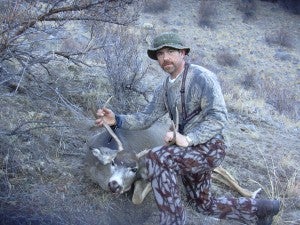
A good friend of mine Dean Cote with a nice mulie taken with a bow.
Christmas in November
By
Tim Hicks
“The bucks are chasing!”. This statement brings excitement to the hearts of hunters. Towards the last week of October, the doe’s begin showing signs of the forthcoming mating season, more commonly known as the rut. The bucks have rubbing, and sparsely scraping for awhile now, but more territorially and “practicing up” if you will. But now you start finding the sign post rubs, highly visible rub lines, and what may have been a twelve by six inch scrape a week ago is now the size of a four wheel drive tire, sometimes with several under the same tree.
This time, for me, is my favorite time to be in the woods. The chances of trophy buck encounters are better, albeit early or late in the day typically, and they can be coaxed in since the doe’s aren’t completely receptive to the bucks displays of “alpha male syndrome”. Setups are simpler, because the deer are still predictable and the odds are still in your favor. When it gets into this stage, I usually target food sources just as earlier on in the season, making a point to locate heavy mast white oaks if possible. This will congregate doe’s, and therefore also lure in bucks. The difference as compared to early October, is try and find out of the way food sources, because even though the bucks are starting to chase they still have their wits about them. They are just a little more curious and likely to investigate potential mates or threats to their territory. I use a different approach for stand placement also, by finding likely routes for deer to move from bedding areas to food sources. But now I look for cross routes running perpendicular to these main routes. I have found that more mature whitetails in search of receptive doe’s cross main trails in this way to pick up on the pheromones left behind and are able to cover several travel routes quicker with less risk of exposing themselves to danger. To find a likely candidate, I look for things like a ridge with either a bluff or extremely thick cover on one end. If one side of the ridge is extremely steep, and their backs are protected by the bluff or cover, the bucks can bed with their backs to the cover and can see or smell any danger approaching from the front or the other, less cumbersome side of the ridge. When you can find a sanctuary like this, you will also find an escape route. Somewhere along this route is the place to ambush them. The trick is getting in and setting up undetected, and not having your scent carried by the thermals all over the ridge. You can almost bet there is another escape route you missed. Scent control is paramount, and staying on stand for the long haul is the best way to succeed.
There are many other ways to attack “grand daddy tall tines” at this time also though. A lot of hunters have good success lightly rattling and using grunt calls. Decoying with a smaller buck decoy also proves highly productive. Just don’t go setup a decoy that looks like Michael Waddell just arrowed it in Pike county, and go banging horns together like there’s an all out war.
You will scare the acorns out of every buck in the region around the places I hunt. Don’t laugh, I have seen it done before. Be reasonable with your approach, even subtle, and use scents sparingly. I have no doubts that quality pheromone scents produce good results, but at the same time I don’t want to be targeted as a doe-in-heat while I am walking the woods. I have also attracted other things besides deer, I once had a bobcat trying to climb my tree near Copan, OK. That will wake you up real quick!
As this session passes by, then the real thing begins. For about ten days, it’s full on rut time. Bigger deer are breeding as many doe’s as possible, and chasing away younger bucks from potential mates. Getting their attention now can be tough, once they catch scent of a ready doe, it seems like it takes a Mack truck to pull them off the trail. If you hunt in an area with an abnormally high buck to doe ratio, they may be more willing to respond to scents or more aggressive calling, if they are having a hard time finding a mate. Bucks are known to move very long distances at this time, so you may encounter deer that have never been seen earlier in the year. One of the biggest deer I have seen in my life came through right before dark on the last couple days of black powder season. I had never seen him before, or any sign that he had been around. Later that year I heard a farmer talking about a huge buck that lived on his property, about five miles away. His description of the buck he saw in velvet sounded exactly like the one I saw chasing does. I did get a shot off at that deer, but missed clean. After he heard the shot he turned his head towards me raised it high, he was about eighty yards out and the size of his rack got me so rattled that I opened the wrong end of my speed loader and all the powder fell from my treestand. Luckily I always carry two, and the second made it all the way out of my pocket before it bounced of the stand and landed some twenty feet below me. By now he was onto me, and I had my worst case of buck fever ever. Anyway, back to the point, big buck sightings are a lot more common during this heavy rut period. This is why in my opinion, everyone gets so excited about it. I like the opportunity to chance a sighting at trophy deer as much as the next guy, but have found that harvesting one can be pretty much summed up by being extremely lucky. They are cruising around, their caution is pretty much thrown to the wind, and if you happen to have a stand by a place a doe leads him, then you just won the lottery. I typically find myself driving by check stations grumbling at all the nice deer hanging on the scales, while I drive to the house empty handed and still shivering from hours on stand.
Then, as this period grinds to a halt, it’s like someone hit a light switch. The bucks are exhausted from chasing and fighting, and not getting proper nutrition, that they lay up and can be hard to come by. There is always a few immature bucks still looking for action, but the ones we dream about are usually bedded down and staying close to their lair. Going back to the locations like you hunted in the first phases of the pre-rut, near his home on an escape route, is a profitable option at this time. If you hunt public lands, gun season has usually passed, and the deer are much more alert and harder to hunt. Throw in all the quail hunters, and you have a real mess on your hands. But that shouldn’t slow you down, late season bow hunting can be a very good time to be in the woods. There are less deer hunters in the woods, and if it is a hard winter, food sources are in high demand. There is also the so-called second rut, where some of the does that were not bred before come in heat late. It’s usually not very eventful, but has been proven to occur by wildlife biologists. I try not to hyped up about that, and just get back to basics. Find bedding areas, water sources and feeding grounds, then find the yellow brick road in between. This is a great time to stock up on venison and manage the herd a little. Unseasonably warm temperatures which we seem to experience a lot in recent years, followed by a strong oncoming cold front, can really amp up the action. As soon as the barometer starts falling, it seems like the deer are running around like people preparing for a hurricane. Then after it moves through and you get those “blue bird” clear sky days, with a high and steady barometer, someone flips that light switch again. I wish I could find that switch myself, I would rewire it so it’s on in both positions.
In closing, I just wanted to give you a run down on some of my theories and experiences with this time of year. I dream of it like every other red-blooded American with a bow in hand, and hopefully this will be the year. I killed my biggest buck to date during the peak of the rut, yes I was one of the lucky ones who happened to be crossing the same opening as a buck at the same time. And that time I had a rifle that luckily held its own bullets, so I couldn’t drop them!
The next buck to see my living room though, will be harvested by arrow. I take more pleasure and remember smaller deer harvested with a bow at ten steps, than one I dropped with a rifle at a hundred yards. So as the rut approaches your area, have your spots ready and pack a lunch. I’ll be on stand from daylight to dark, and I don’t want to be the only one freezing and cramping up out there! Good luck on your hunts this winter, and remember to harvest a doe or two if you have the tags. It will help ensure a balanced herd for years to come, and more chances at a trophy for yourself or your kids. Hope to see you out there!



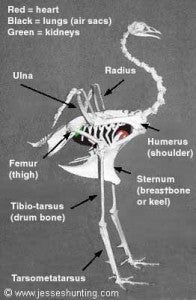




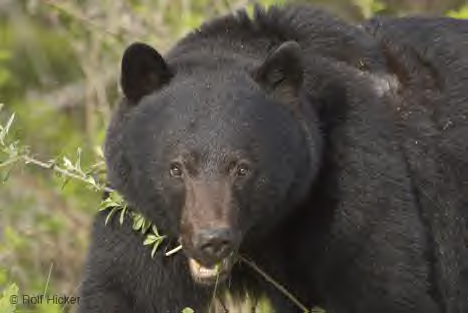
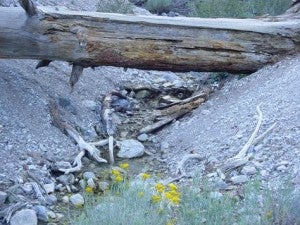
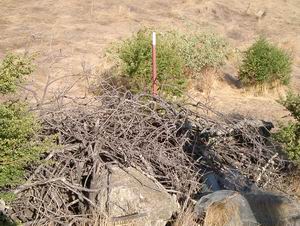
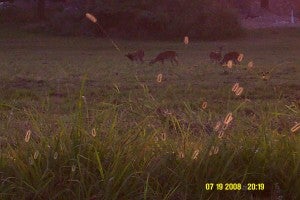


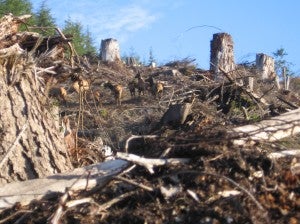
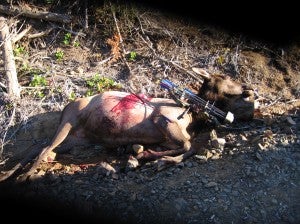

 Your Privacy Choices
Your Privacy Choices